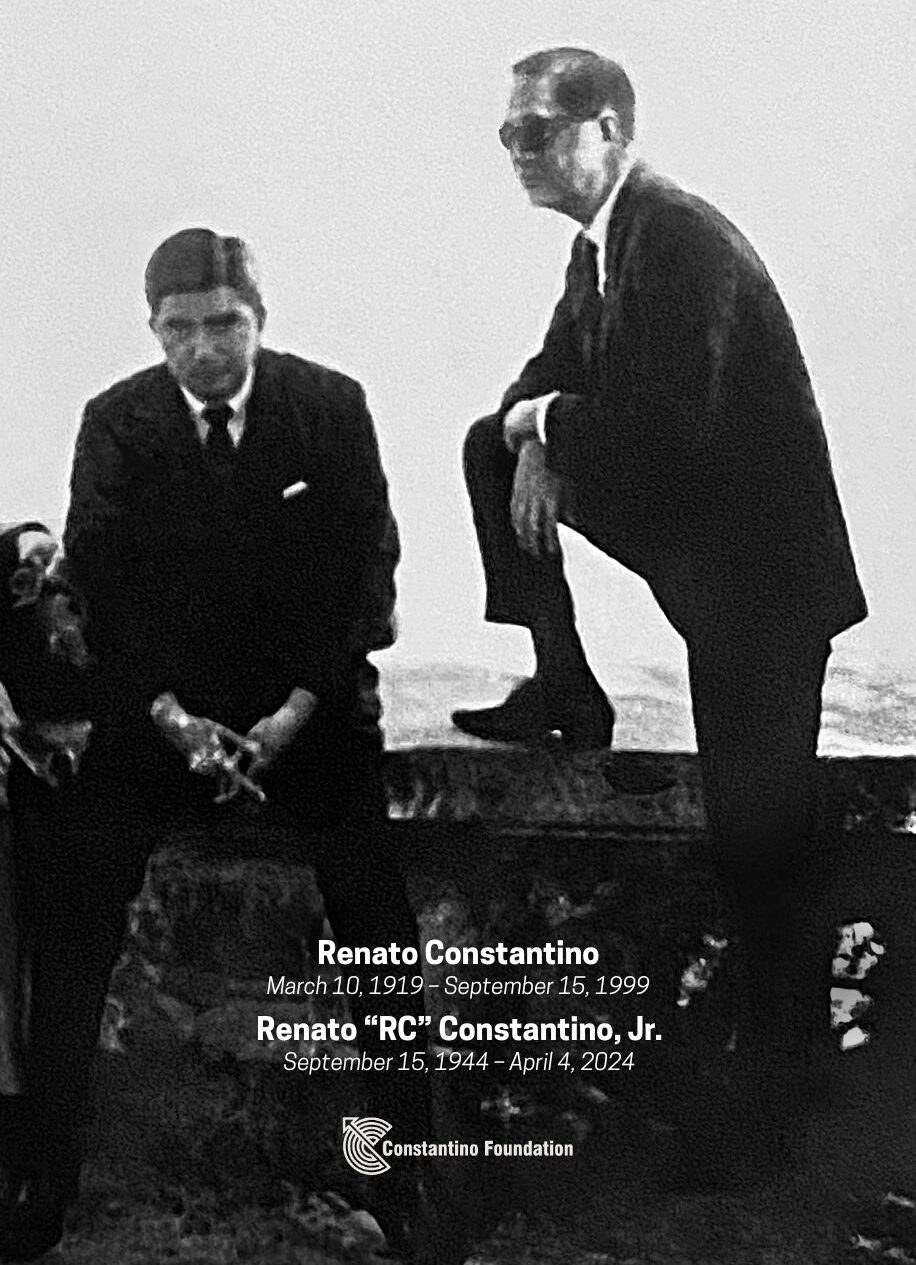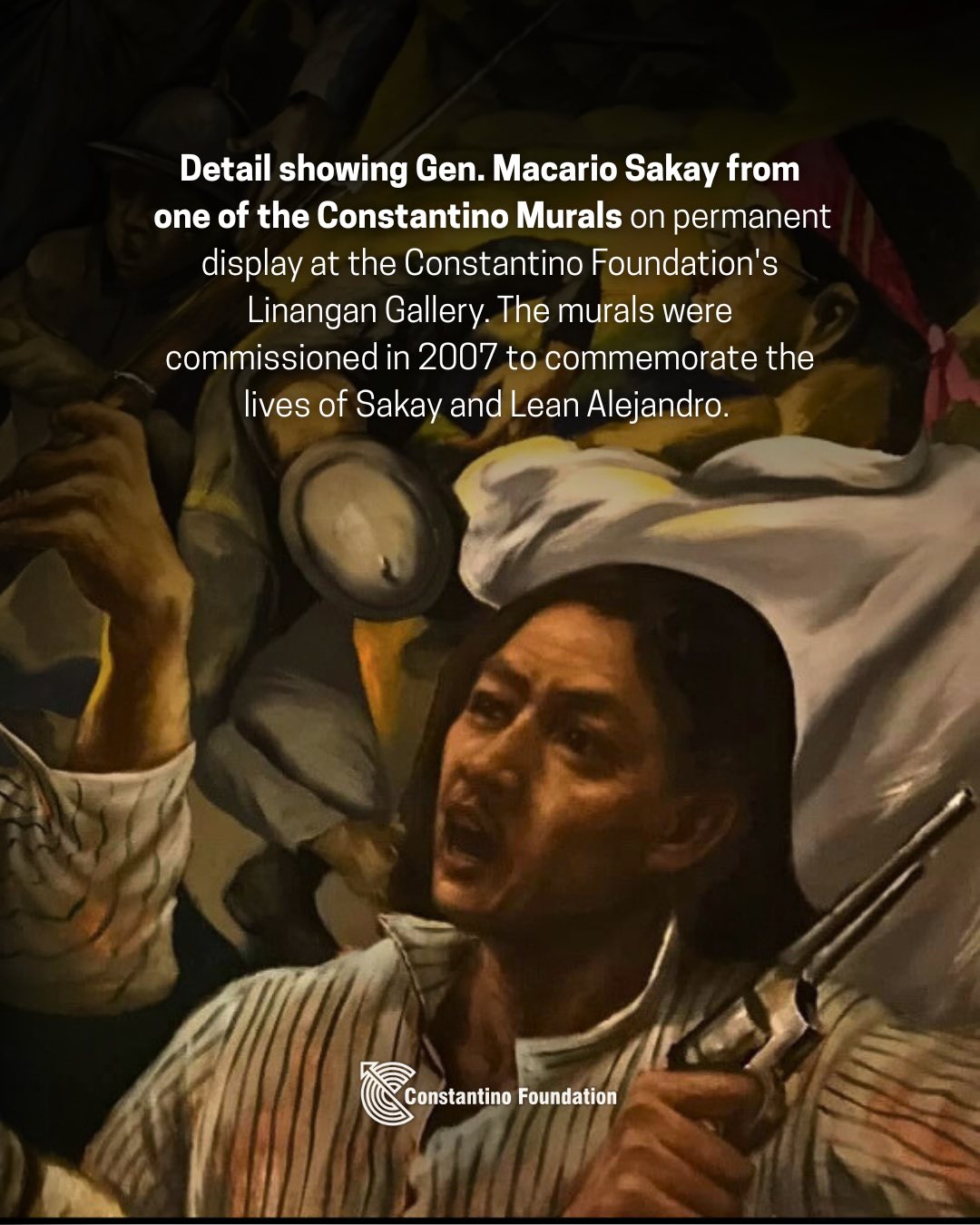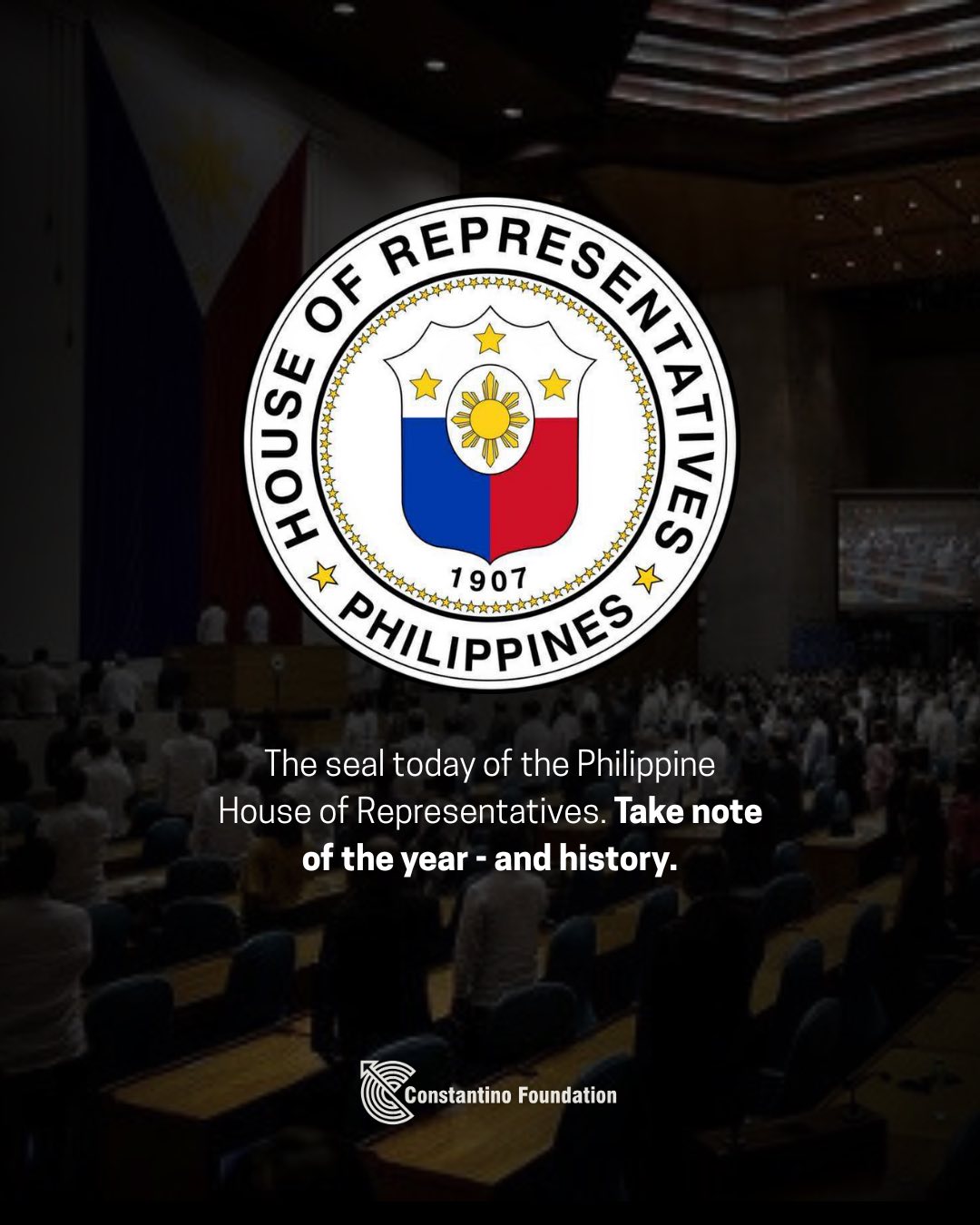The historian Renato Constantino passed away 26 years ago on 15 September, the very birthday of his son, RC, who designed the iconic cover of The Philippines: A Past Revisited. The book continues to be a mirror, a hammer, and a torch, as an academic recently noted. Indeed, the concept championed by Constantino – a usable past – is most useful today as we witness open thievery on display alongside the dominance of greedy dynasties treating the country’s treasury as their private piggy bank.
Where did all this begin? In many places, for sure, but there’s also one occasion that should always pop out. On 13 September 1907 the American forces occupying the Philippines hanged the last great resistance leader, the Filipino revolutionary Macario Sakay. He was a Katipunan original who fought Spanish colonialists alongside Andres Bonifacio. Sakay carried on the fight against the American invaders until he was captured and imprisoned, a victim of American duplicity.
Less than a month after Sakay was hanged, United States officials gave the Philippines its first taste of “American democracy” when it inaugurated in October 1907 the “Philippine Assembly,” where the names of many political families prominent today can be recognized or traced.
Our first taste of U.S.-style elections came with curious rules: only men could nominate or vote. Only Filipinos who had held public office under Spain or the U.S. could nominate or vote; in other words, only Filipinos who had served foreign masters. One rule stood out: those who wished to nominate or vote needed to show evidence of properties they held. Without proof of wealth, they would not be eligible to join the country’s first taste of American democracy. The result: only 1.41% of the population participated in our so-called first democratic exercise.
If only Filipino male elites could nominate or vote, it is not surprising only elites were elected. Elite rule has an origin story. Think of this each time you watch hearings on corruption and maldevelopment in the House of Representatives, which always displays the seal that bears the year “1907.” It’s the year rich families began to cement their spot in our country’s economic and political governance, mere weeks after the last real Filipino resistance leader, Gen. Macario Sakay, was hanged. When you think of “flood control projects” today, think about the events of September 1907. Better yet, read A Past Revisited.
A festering problem that has an origin will also have an ending. Lahat ng kwentong masama, lalo na ang mga kwento ng kawatan, may wakasan. Kung kikilos ang mamamayan. Kung kikilos ka. #aPastRevisited #theContinuingPast #EndEliteRule




